Alpine Currant (Ribes Alpinum) Grow & Care Guide
Written by Iris
Sep 28 2021
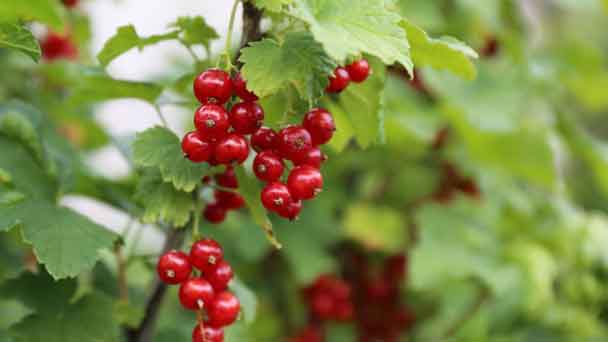
Alpine Currant or Ribes alpinum shrubs are dense and compact, making them ideal for hedges. Alpine Currant (Ribes alpinum) are very hardy, tolerating winter temperatures as low as -50 degrees Fahrenheit, and resistant to drought. Shrubs have a wide range of adaptations, but Alpine Currant (Ribes alpinum) does need regular pruning to keep its shape and keep it healthy.
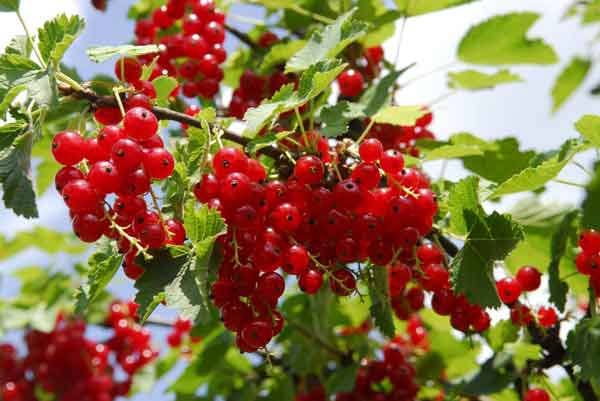
Cut those branches in pieces, so you have 4-6 buds on each piece. (called "a cutting")
Stick each cutting in the ground (or a pot) so that 2-3 buds are left above ground.
Water well and then mulch deep or otherwise make sure the soil does not completely dry until late summer next year.
What remains is to take out the cuttings and plant them out at their permanent place. The best time to do that is autumn, when their leaves fall off at least partially.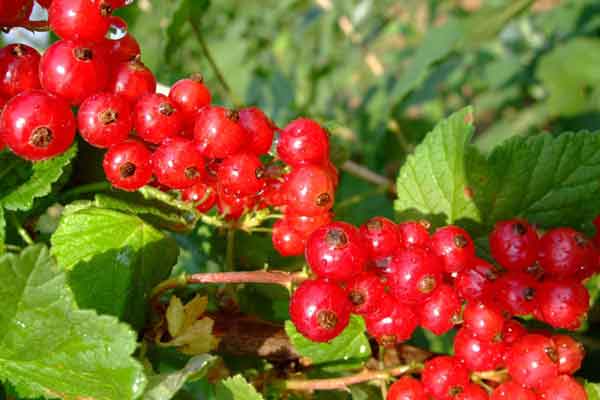
To check for soil moisture use your finger or a hand trowel to dig a small hole and examine the soil. If the first 2-4” (5-10cm) of soil is dry, it is time to water.
Monitor new Alpine Currant plants through the first two years to make sure they are getting the moisture they need. After that they should be sturdy enough to survive on their own.
Fertilizers are available in many forms: granulated, slow-release, liquid feeds, organic or synthetic. Determine which application method is best for the situation and select a product designed for trees and shrubs, or go with a nutritionally balanced, general-purpose formula such as 10-10-10.
Always follow the fertilizer package directions for application rates and scheduling. Over-fertilizing Alpine Currant plants or applying at the wrong time during the growing season can result in plant injury.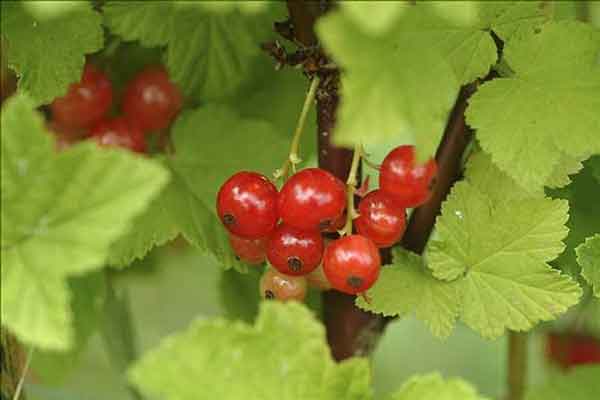
Ribes alpinum ‘Aureum’
Ribes alpinum ‘Europa’
Ribes alpinum ‘Spreg’
Ribes alpinum ‘Green Mound’
Ribes alpinum ‘Compacta’
Ribes alpinum ‘Pumila’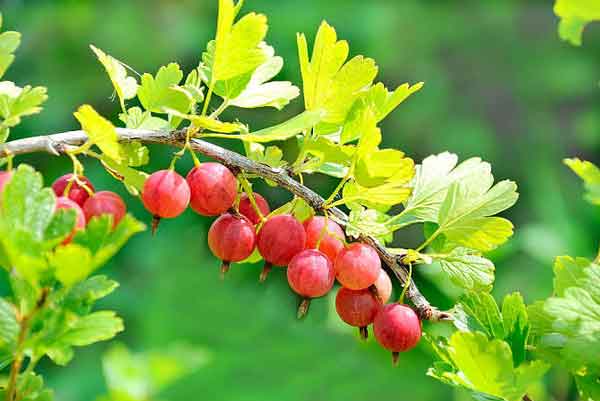
Where to Grow Alpine CurrantWhen to Grow Alpine Currant (Ribes alpinum)How to Grow Alpine Currant (Ribes alpinum)Alpine Currant Propagation with SeedsAlpine Currant Propagation with Stem CuttingsHow to Care for Alpine Currant (Ribes alpinum)Alpine Currant Light RequirementAlpine Currant Soil CareAlpine Currant WateringAlpine Currant Temperature & Humidity CareAlpine Currant FertilizerAlpine Currant PruningVarieties of Alpine Currant (Ribes alpinum)Alpine Currant (Ribes alpinum) FAQHow tall do alpine currants get?Is alpine currant evergreen?Is alpine currant poisonous to dogs?
Where to Grow Alpine Currant
Choose a location that will allow roots to spread and branches to grow freely. Space Alpine Currant plants far enough from building foundations, walls, and decks so that the growing foliage won't crowd the structure. Consider whether tall trees or shrubs will block windows or interfere with the roof or power lines.When to Grow Alpine Currant (Ribes alpinum)
Plant Alpine Currant in spring or early fall to give plants the best start.
How to Grow Alpine Currant (Ribes alpinum)
Alpine Currant Propagation with Seeds
Use sand, peat moss or a soilless seed-starting mix to grow alpine currant seedlings. Avoid unsterilized potting soil and garden soil because it contains microbes that can hinder germination. Place the Alpine Currant seeds on top of the damp mix and cover them with a thin layer of soil. You can simply press the seeds gently into the mix and then brush the soil over the top. Currant seeds germinate best at a temperature between 65 and 75 F in bright, indirect light.Alpine Currant Propagation with Stem Cuttings
In late autumn, cut some Alpine Currant branches off an established bush or take a bunch from a friend that makes his yearly thinning.Cut those branches in pieces, so you have 4-6 buds on each piece. (called "a cutting")
Stick each cutting in the ground (or a pot) so that 2-3 buds are left above ground.
Water well and then mulch deep or otherwise make sure the soil does not completely dry until late summer next year.
What remains is to take out the cuttings and plant them out at their permanent place. The best time to do that is autumn, when their leaves fall off at least partially.

How to Care for Alpine Currant (Ribes alpinum)
Alpine Currant Light Requirement
Alpine Currant (Ribes alpinum) are highly adaptable shrubs that can survive in a variety of light conditions. But shrubs work best when planted where they receive at least six hours of direct sunlight a day. Mountain blackcurrants can also survive in full shade, characterized by four hours or less of light per day in the area.Alpine Currant Soil Care
Moist, well-drained alkaline soils are ideal for alpine currants, although they are able to adapt to a variety of different soil types. If necessary, they can survive in dry, compacted soil as well.Alpine Currant Watering
Depending on rainfall, new Alpine Currant plants need to be watered weekly through the first growing season. A slow, one-hour trickle of water should do the job. During hot spells thoroughly soaking the ground up to 8” (20 cm) every few days is better than watering a little bit daily. Deep watering encourages Alpine Currant roots to grow further into the ground resulting in a sturdier plant with more drought tolerance.To check for soil moisture use your finger or a hand trowel to dig a small hole and examine the soil. If the first 2-4” (5-10cm) of soil is dry, it is time to water.
Monitor new Alpine Currant plants through the first two years to make sure they are getting the moisture they need. After that they should be sturdy enough to survive on their own.
Alpine Currant Temperature & Humidity Care
Gardeners in cold regions rejoice! alpine currants are notorious for being extremely winter hardy, tolerating temperatures as low as -50 °F. They require little winter care but should be checked a couple of times throughout the winter for rabbit damage. If damage is present, construct a small fence around the alpine currant using hardware cloth to protect the plant. Alpine currants prefer dry conditions. In humid, wet environments alpine currants are more prone to developing anthracnose and leaf spot.Alpine Currant Fertilizer
Established Alpine Currant should be fertilized every 2-3 years. Feed in early spring when plants start growing.Fertilizers are available in many forms: granulated, slow-release, liquid feeds, organic or synthetic. Determine which application method is best for the situation and select a product designed for trees and shrubs, or go with a nutritionally balanced, general-purpose formula such as 10-10-10.
Always follow the fertilizer package directions for application rates and scheduling. Over-fertilizing Alpine Currant plants or applying at the wrong time during the growing season can result in plant injury.
Alpine Currant Pruning
Start alpine currant hedges with shrubs less than 2 feet tall, and cut them back by one-half at planting. This promotes dense branching from the bottom up. Before growth starts the next spring, identify new growth since your pruning. Remove one-half of that new growth. Remove one-half of new growth again the following spring. The third year, prune for shape. For classic hedges, cut the top flat or gently rounded. Then angle the sides so the base is slightly wider than the top. This lets in sun and keeps shrubs from shading themselves. Alpine currant's tolerance for shade helps, but proper pruning keeps hedges dense. For established natural hedges, prune alpine currants as needed for general shaping.
Varieties of Alpine Currant (Ribes alpinum)
There are several different cultivators of Alpine Currant. Some of the most popular varieties are as follows:Ribes alpinum ‘Aureum’
Ribes alpinum ‘Europa’
Ribes alpinum ‘Spreg’
Ribes alpinum ‘Green Mound’
Ribes alpinum ‘Compacta’
Ribes alpinum ‘Pumila’

Alpine Currant (Ribes alpinum) FAQ
How tall do alpine currants get?
A rounded twiggy deciduous shrub reaching 3 to 6 feet high and 6 to 7 feet wide, Alpine currant is often used as an informal hedge.Is alpine currant evergreen?
Commonly grown for their lush foliage, Ribes alpinum, also called "alpine currants," are mound-forming deciduous shrubs that can grow up to 6' tall. Their striking green foliage changes shades throughout the year, starting as bright green in the spring, dark green in the summer, and a warm yellow in the fall months.Is alpine currant poisonous to dogs?
The seed and subsequently the fruit of an alpine currant, a decent shrub for shade, is toxic to pets, however, there needs to be a male and female plant to get the fruit.Latest Updated
- Benefits of Bugleweed - 7 Science-backed Health Benefits
- Bugleweed Dangers & Side Effects - Is It Poisonous?
- How to Plant Evergreen Trees - What You Should Know
- When to Plant Evergreens - Grow Guide for Evergreen Trees
- 12 Wonderful Evergreen Shrubs for Your Garden
- 12 Popular Evergreen Plants with Pictures for Beginners
- When And How To Prune A Lilac Bush Like a Pro
- How to Grow & Care for Lilac Vine (Hardenbergia Violacea)
- Japanese Lilac Tree (Syringa Reticulata) Care & Propagation Guide
- Shumard Oak Pros and Cons - What to Know
Popular Articles
- Winter maintenance of Antirrhinum Majus
- How to Grow Terminalia Mantaly Tree
- How to Grow and Care for Crossostephium Chinense
- How to grow Antirrhinum Majus in spring
- Peristeria Elata (Dove Orchid) Profile: Info & Care Guide
- Underwatered Snake Plant (Sansevieria Trifasciata) - Signs And How To Fix
- How to Care for Brazilian Jasmine Plant (Mandevilla Sanderi)
- How to Grow & Care for Graptopetalum Purple Delight in Summer
- Rosa Chinensis (China Rose): Plant Growing & Care Tips
- How to Care for Baby Sun Rose (Aptenia Cordifolia)